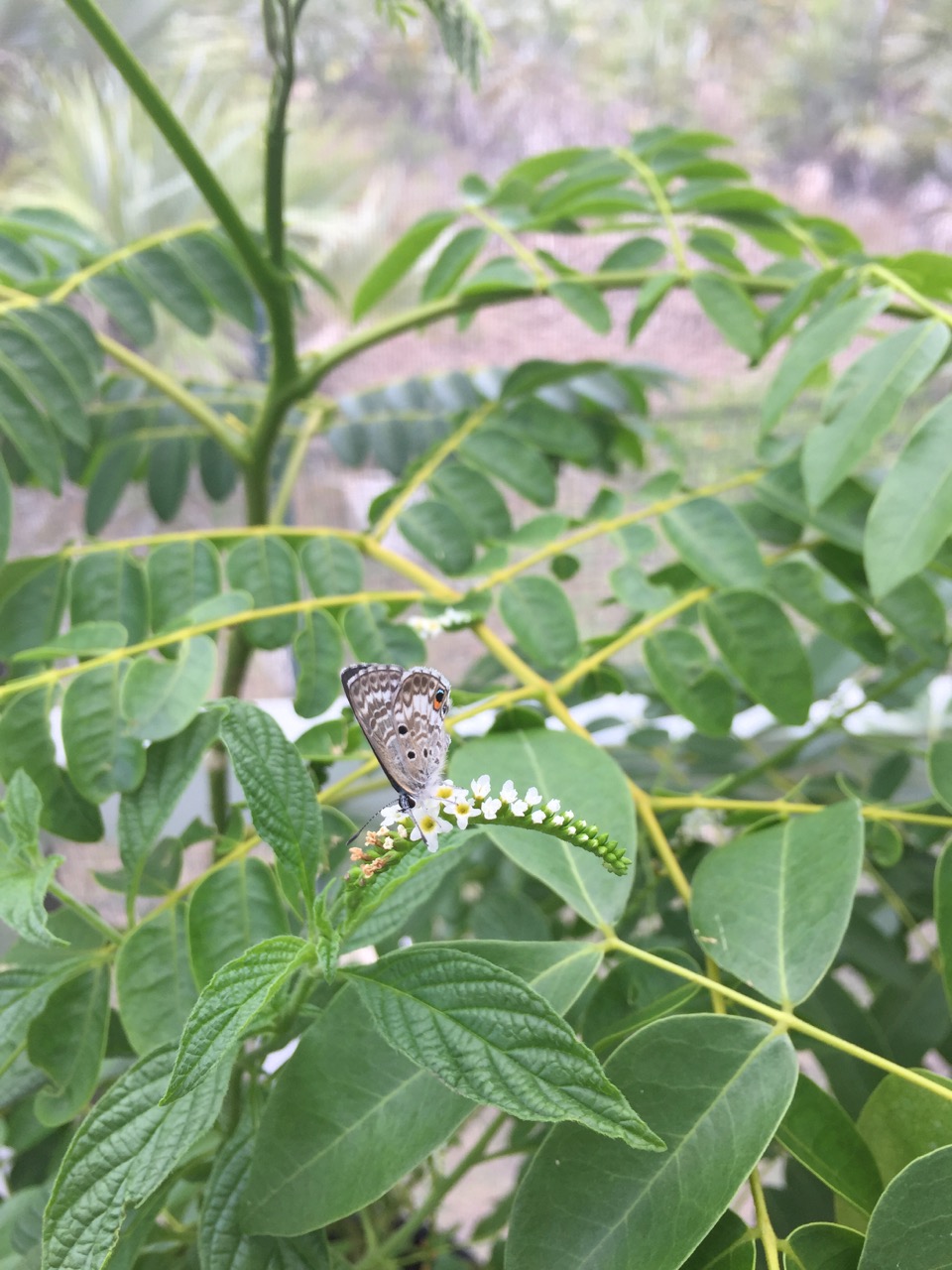
Photo by Erica Henry

Photo by Martha Reiskind
Persistence or Extinction?
Predicting how species respond to changes in climate is a critical part of conserving biodiversity into the future. A key limitation in our general understanding of how climate change alters population dynamics is the strong temperate bias in these types of studies. Lessons learned in these systems are unlikely to apply broadly to areas of the globe where climate drivers other than temperature have stronger effects on populations. For example, changes in precipitation patterns are equally, if not more important for determining the future viability of many tropical species. Based on my previous studies, we know this is likely true for Miami blue butterflies, but we know very little about the ways in which tropical insect populations fluctuate with respect to precipitation in general. To begin to fill this knowledge gap, I am developing a mathematical model that mechanistically links Miami blue phenology to precipitation patterns. I then use projections of daily precipitation from downscaled climate models to drive population dynamics of the butterfly and can evaluate the probability of extinction by the century’s end. This strategy, of mechanistically connecting climate to population biology, is a powerful way to understand current and future population dynamics of any species and can reveal important areas for future research.